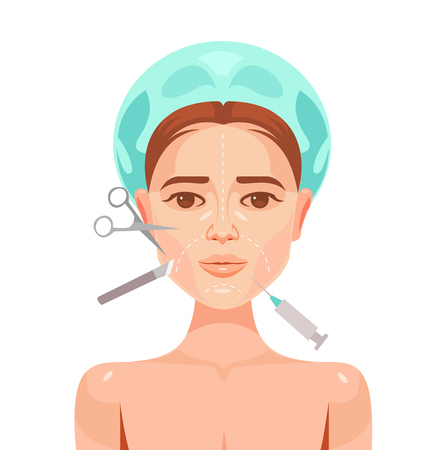Laser therapy has emerged as a revolutionary approach in treating a wide array of skin conditions, offering precision, effectiveness, and minimal invasiveness. Its principle revolves around the focused delivery of light energy to target tissues, stimulating cellular processes and promoting skin rejuvenation.
Here’s a breakdown of how laser therapy works as a treatment for various skin conditions:
- Targeted Energy Delivery: Laser devices emit concentrated beams of light that are absorbed by specific chromophores within the skin, such as melanin (responsible for pigmentation) or hemoglobin (found in blood vessels). The wavelength of the laser determines which chromophore it targets.
- Selective Photothermolysis: This principle involves heating the targeted tissue to a precise temperature without damaging surrounding structures. By selecting the appropriate wavelength and pulse duration, laser therapy can selectively destroy abnormal cells or structures while leaving healthy skin unharmed.
- Stimulation of Collagen Production: Many skin conditions, such as wrinkles, scars, and laxity, stem from a breakdown of collagen fibers in the skin. Laser therapy promotes collagen synthesis by inducing controlled micro-injuries in the skin, triggering the body’s natural healing response. This leads to firmer, smoother, and more youthful-looking skin over time.
- Vascular Effects: Laser therapy can target blood vessels, effectively treating vascular lesions like spider veins, port-wine stains, and rosacea. By heating and coagulating the blood vessels, lasers can reduce their appearance or eliminate them entirely, restoring an even skin tone.
- Pigment Reduction: Conditions like age spots, freckles, and birthmarks result from excess melanin production in the skin. Laser therapy can break down melanin deposits, causing them to fragment and be absorbed by the body. This leads to a more even complexion and reduced hyperpigmentation.
- Hair Removal: Laser hair removal works by targeting the melanin in hair follicles, heating them to the point of damage without harming the surrounding skin. Over multiple sessions, this process inhibits hair growth, resulting in long-lasting smoothness.
- Treatment Customization: One of the key advantages of laser therapy is its versatility and adaptability. Different types of lasers with varying wavelengths, pulse durations, and energy levels can be used to address specific skin concerns, allowing for personalized treatment plans tailored to each patient’s needs.
- Minimal Downtime and Side Effects: Compared to traditional surgical procedures, laser therapy typically involves minimal discomfort, downtime, and side effects. Most patients can resume their normal activities immediately after treatment, with only temporary redness or swelling in the treated area.
In conclusion, laser therapy offers a highly effective and versatile solution for a wide range of skin conditions, providing targeted treatment with minimal risk and downtime. By harnessing the power of light energy, laser technology continues to revolutionize the field of dermatology, offering patients safe, reliable, and transformative results.





Comments